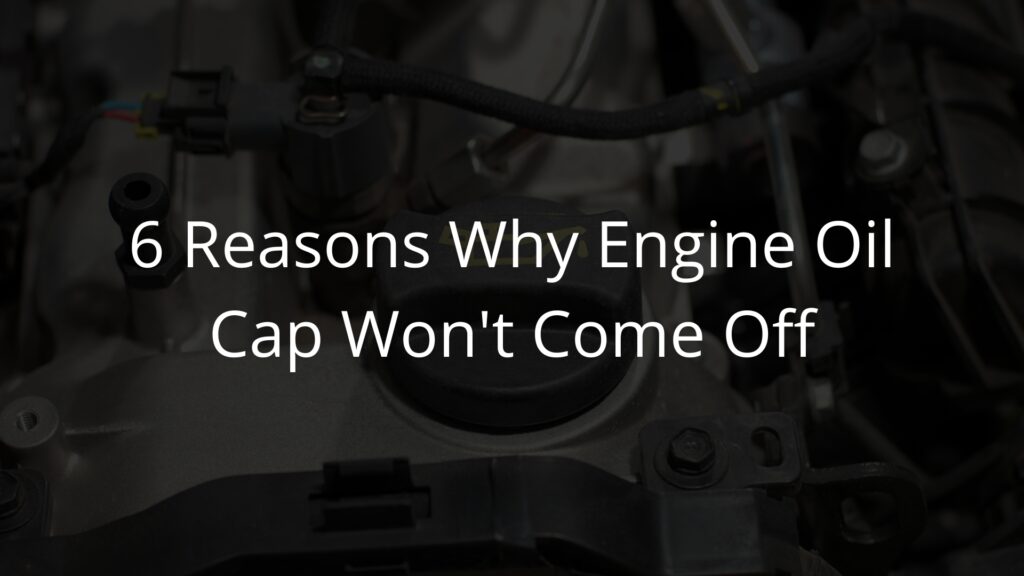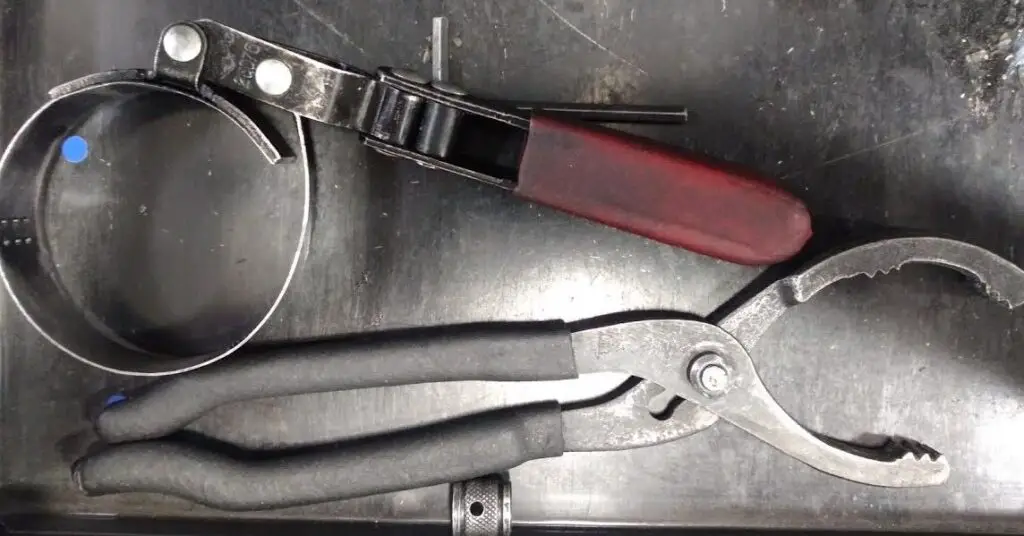How to Remove the Engine Cap Off of Your Car
The engine cap is a small, plastic or metal cover that sits on top of the engine. It helps to keep dirt and debris out of the engine, and it also helps to direct airflow through the engine. If you need to remove the engine cap, it is important to do so carefully so that you do not damage the cap or the engine.
Tools and materials
- Wrench
- Socket
- Screwdriver
- Rags
Instructions
Before you begin, make sure that the engine is cool and that the car is parked on a level surface. You should also disconnect the negative battery terminal to prevent any electrical shocks.
2. Locate the engine cap
The engine cap is usually located on the top of the engine, near the front of the car. It is typically held in place by a few bolts or screws.
3. Remove the bolts or screws
Use the wrench or socket to remove the bolts or screws that are holding the engine cap in place. Be careful not to overtighten the bolts or screws, as this could damage the cap or the engine.
4. Lift off the engine cap
Once the bolts or screws have been removed, you should be able to lift the engine cap off of the engine. Be careful not to drop the cap, as this could damage it.
5. Clean the engine cap
Once the engine cap has been removed, you should clean it with a rag and some rubbing alcohol. This will help to remove any dirt or debris that may have accumulated on the cap.
6. Reinstall the engine cap
Once the engine cap has been cleaned, you can reinstall it on the engine. Be sure to align the cap correctly before tightening the bolts or screws.
7. Reconnect the negative battery terminal
Once the engine cap has been reinstalled, you can reconnect the negative battery terminal.
Tips
- If you are having trouble removing the engine cap, you can try using a penetrating lubricant. This will help to loosen the bolts or screws that are holding the cap in place.
- If you are not comfortable removing the engine cap yourself, you can take your car to a mechanic to have it done.
Conclusion
Removing the engine cap off of your car is a simple task that can be completed in a few minutes. By following the steps outlined in this article, you can safely remove the engine cap and keep your engine running smoothly.
6 Reasons Why Engine Oil Cap Won’t Come Off

Have you ever found the engine cap difficult to get off? If so, you’re not alone.
In this post, you will learn the potential causes behind why your engine oil cap might be stuck and tips on removing it safely.
Here’s what we’ll cover:
Table Of Contents
- How To Remove the Engine Oil Cap?
- Reasons Why Engine Oil Cap Won’t Come Off
- Hacks to Open a Stuck Oil Cap
- Final Thoughts: 6 Reasons Why Engine Oil Cap Won’t Come Off
- Frequently Asked Questions
How To Remove the Engine Oil Cap?
Start with locating the oil cap on your engine block, near the top of the block, with a bright yellow or orange coloration.
Make sure not to mistake it for the radiator cap!
Once you’ve identified this part, use gloves or a rag to prevent any dirt or debris from entering the opening when you unscrew it.
Next, twist counterclockwise until it comes loose — be gentle but firm here so that you don’t strip any threads on either side of the opening.
And you are done!
If this doesn’t go as planned, read on to find possible reasons and solutions.
Reasons Why Engine Oil Cap Won’t Come Off
Here are six reasons why your engine oil cap might not be coming off.
1. Hot Engine
A hot engine can be one reason your oil cap does not come off. When an engine gets too hot, the oil cap expands due to heat expansion, making removing it difficult or impossible.
It is visible when a car has been running for an extended period and has not cooled down enough for the heat to dissipate.
You can avoid this problem by ensuring your vehicle is well-ventilated before changing your oil or checking its level.
2. Overtightening
The issue occurs when a person puts too much force into turning the cap, causing it to fasten itself onto the engine block. Over time, this can cause corrosion and buildup around the threads, making it impossible to twist them off without extra force.
3. Gunk Buildup
Gunk buildup is one of the primary causes of the engine oil fill caps not coming off. This can be caused by several things, including dirt and debris getting into the oil or using thick oil that drains slowly.
If left unchecked, gunk buildup can be difficult to remove from your vehicle’s engine and cause further complications such as clogged filters, decreased fuel efficiency, and increased emissions.
4. Wear and Tear
If the threads of the oil cap are damaged due to wear and tear, it might get difficult to unfasten the engine oil cap.
5. Long Oil Change Intervals
Putting off oil changes often means the engine oil filler cap will stay on. It causes the seal around the cap dry out and become brittle, making it impossible to remove without causing damage.
6. Damaged or Broken Seal
If you have been trying to change the engine oil in your car but are having difficulty removing the oil cap, it may be due to a damaged or broken seal. A seal on an engine oil cap is typically made of rubber and can become brittle over time while losing its better grip.
This can cause it to crack or break off from the base of the cap, creating an airtight seal and making it difficult to remove.
Hacks to Open a Stuck Oil Cap
Now that you know why an engine oil cap might be stuck, let’s explore the possible solutions.
1. Apply Engine Degreaser
One of the hacks to open a stuck oil cap is using an engine degreaser to loosen up any dirt and grime around it. Engine degreaser is an easy-to-use spray that breaks down stubborn residues on your vehicle’s surface, including around your oil cap.
Before spraying it directly onto the oil cap, cover nearby parts with plastic or cloth to protect against the strong formula in the engine degreaser.

2. Apply Ice
Oil caps can be tricky to open and, worse, when stuck. Fortunately, there are a few hacks that you can use to help get the oil cap off. One of these proven tricks is applying ice. Applying ice is an effective way to loosen stuck oil caps.
The process is simple. Wrap a small bag of ice cubes in a cloth or towel before pressing it against the oil cap for several minutes.
The cold from the ice helps contract the metal around the cap, making removal easy without damaging anything else in your car’s engine bay.
3. Wait for the Engine To Cool Down
Wait for the engine to cool a bit before opening a tight oil cap. It’s worth trying before you resort to other methods, such as penetrating oil or a wrench.
This method benefits from metals contraction when they cool down. You can remove the oil cap without damaging it by allowing your engine to cool for an hour or two.
4. Open Forcefully
Another hack is to use a screwdriver as leverage. Using two screwdrivers of different sizes, one should insert the smaller one into the indentation of the lid.

Then use another tool such as pliers, strap wrenches, or channel locks to hold steady while pressing down on the large pair of a screwdriver. This pushes up against the lid and eventually loosens it enough that you will have access to your oil cap.
Final Thoughts: 6 Reasons Why Engine Oil Cap Won’t Come Off
If you find yourself in a stuck engine oil fill cap, the steps above can help you safely and effectively remove it. Remember to be cautious when using tools or lubricants, as some materials may not be safe for your vehicle.
Consult a professional technician if you still need help after trying these steps.
For more engine-oil-related queries, explore our blog.
Frequently Asked Questions
Should there be pressure when removing the oil cap?
For discussion starter, remember not to apply pressure while removing the oil cap to prevent damage to the gasket or seal underneath. Additionally, if too much force is used, it can cause an airlock in the system, which may prevent the engine from receiving enough oil for proper functioning.
Possible serious issues such as overheating or, even worse — complete engine failure are expected.
What happens if there is too much oil in the engine?
It can create a mess when excess oil leaks out onto the surrounding parts and components. Excess oil can cause severe damage to seals and gaskets due to extra pressure, increasing heat build-up in the engine.
This leads to increased friction between metal components and decreased performance overall, causing permanent damage over time.
How long should I wait before opening the oil cap?
If you’ve been driving and just stopped, you’ll want to give your car at least 30 minutes before opening the oil cap.
This allows cooling time for the engine components and fluids inside of them to avoid splash.
Should you remove the oil cap when draining the oil?
In most cases, removing the oil cap when draining your car’s oil is unnecessary. Instead, locate the drain plug at the bottom of your engine and unscrew it to drain out all of the used motor oil.
However, some older cars may require the removal of the oil cap as part of their unique draining process. In these situations, you should consult your owner’s manual for instructions on how best to proceed.
https://nodsauto.com/how-to-remove-the-engine-cap-off-of-your-car/
